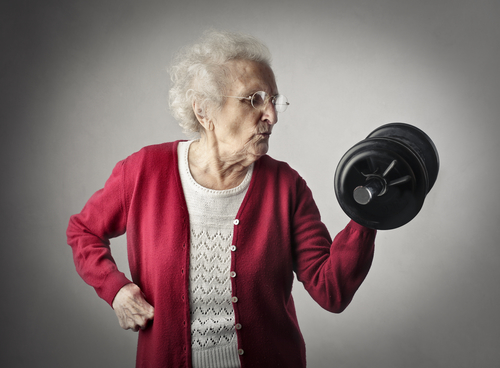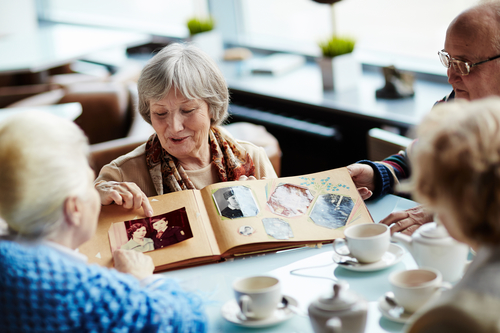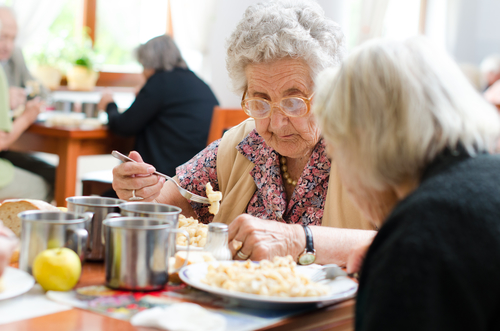
Getting older means that the body starts to wear down. It can get harder to move and keep weight off. The Centers for Diseases Control and Prevention say that over a third of adults 65 and older are obese. Yoga is a great way to get exercise without too much strain on the body. Here are six benefits of yoga for seniors.

6 Benefits of Yoga for Seniors
There are so many different ways that yoga can help you feel better and healthier.
1. Yoga Improves Balance and Stability
A lot of yoga poses focus on balance and stability. These are two important things to focus on as you get older. Strengthening your muscles and improving your balance can help prevent falls.
2. Yoga Improves Flexibility and Joint Health
Yoga is a great way to gently stretch out your muscles and become flexible.
Flexibility exercises are good for achy or stiff joints. It can also have a therapeutic benefit for anyone with osteoarthritis. Finally, they can tone your muscles and prevent injuries.
3. Yoga Improves Breathing
As people grow older, they can have a harder time breathing. Anything that reduces oxygen can have negative effects on the mind and body.
Studies have shown that a 12-week yoga program helped improve respiratory function in older women.
4. Yoga Reduces High Blood Pressure
Yoga reduces oxidative stress in the elderly. Oxidative stress is one of the underlying causes of high blood pressure, especially in seniors, and is a strong risk factor for heart attacks.
5. Yoga Reduces Anxiety
Yoga is calm and restorative. It relaxes your body and mind. When yoga is done often, it can reduce your nervous system’s fight or flight response. The fight or flight can cause anxiety and inflammation of the body.
6. Yoga Encourages Mindfulness
Yoga focuses on breathing and listening to your body. As you practice yoga, you will become mindful of not just your body, but your thoughts and emotions as well.
Read more here.



















